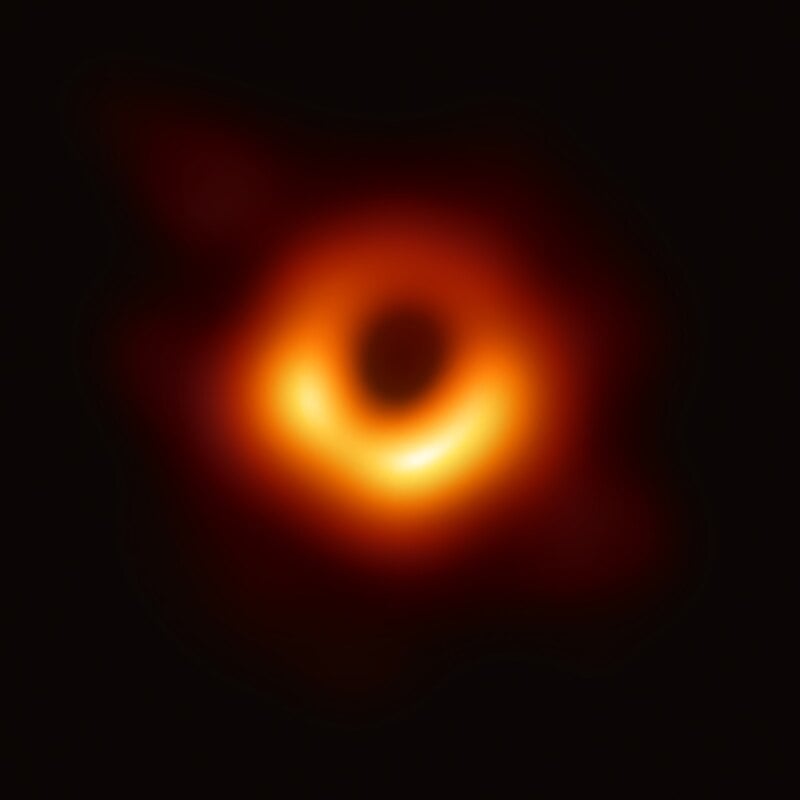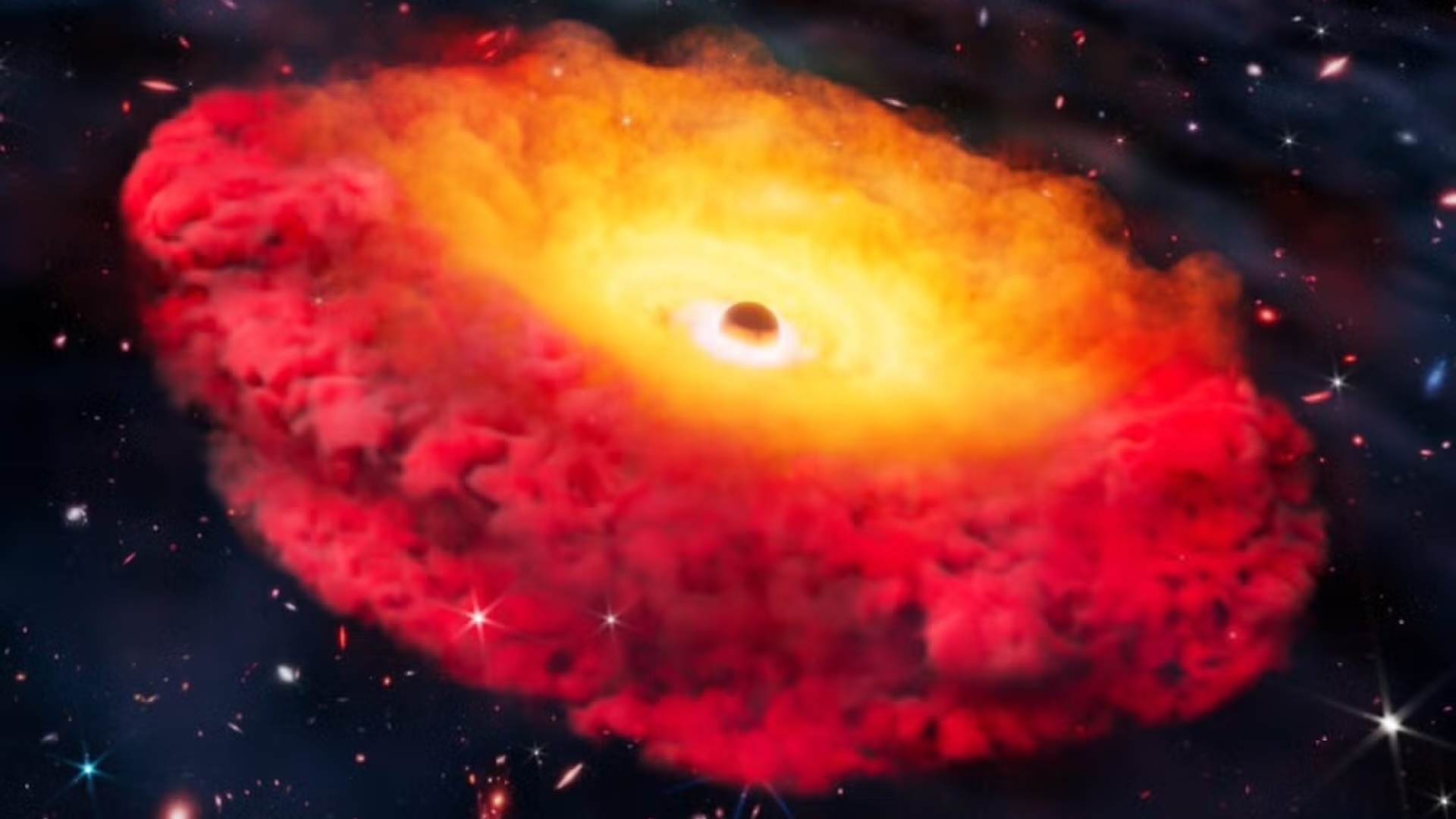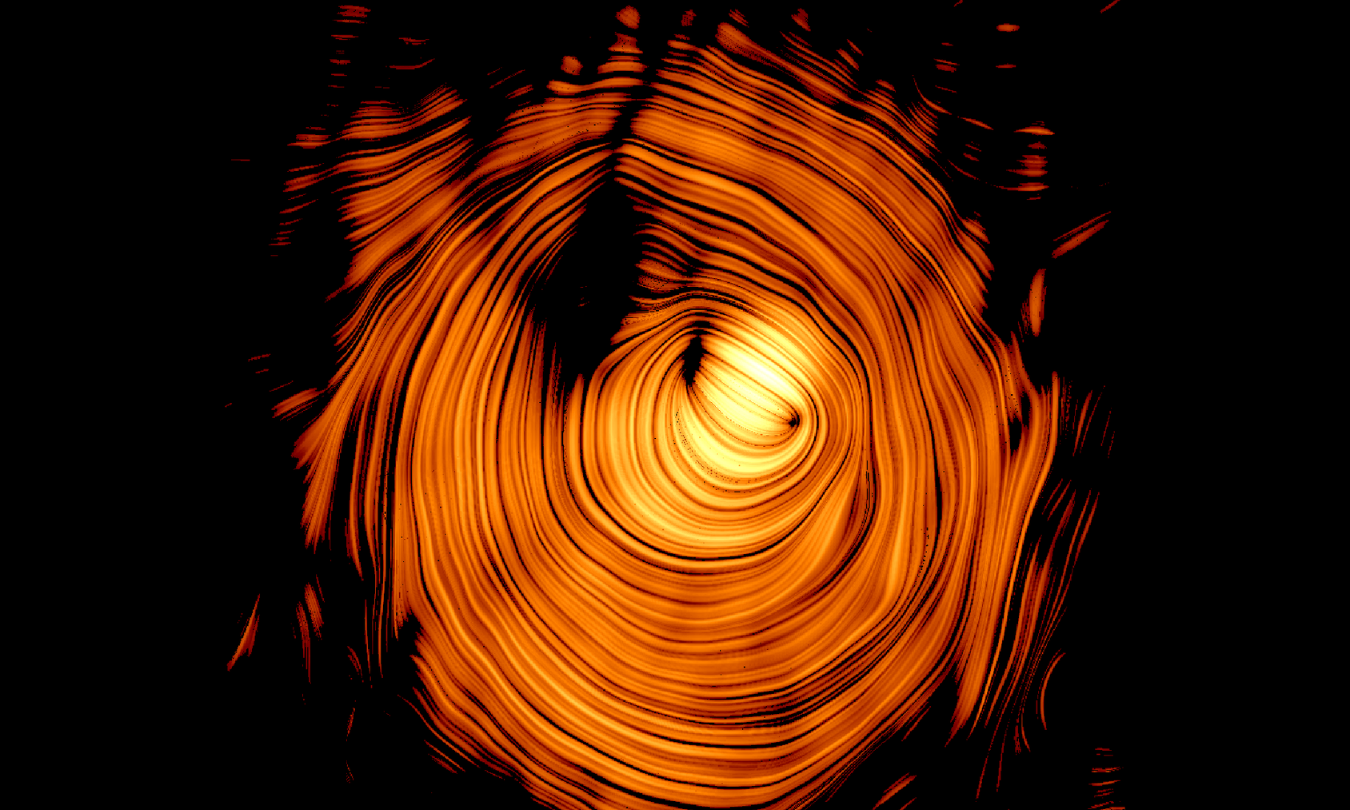Astronomers Just Found a 'Waking' Black Hole—And It’s Changing Everything We Know!

Imagine peering into the depths of space and discovering a sleeping giant that has just opened its eyes. Recent research reveals a galaxy cluster known as CHIPS 1911+4455, located an astounding 6 billion light-years away from Earth, housing a supermassive black hole that has only just 'turned on'—a mere thousand years ago, which, in cosmic terms, is just the blink of an eye.
The lead researcher, Francesco Ubertosi from the University of Bologna, describes this phenomenon as witnessing a dormant creature awaken from a long slumber. Utilizing advanced technologies like the Very Long Baseline Array and Very Large Array telescopes, the team conducted a comprehensive analysis, almost like reading a newspaper in Los Angeles while standing in New York—impressive, right?
This black hole is particularly unique because it's essentially a newborn in terms of activity. The jets of material it’s shooting out extend around 100 light-years from its center. While that might seem huge, it’s tiny when compared to mature black holes, which can unleash jets stretching for tens of thousands of light-years.
Most black holes that astronomers have studied are old, having been active for millions of years. This makes it difficult to understand the early stages of their influence on the cosmos. However, the newly awakened black hole presents a rare opportunity to see what happens in these formative phases. As co-author Myriam Gitti noted, 'The jets are so young and small that they haven't had time to push away the surrounding hot gas, creating a perfect natural laboratory for studying how black holes first begin to influence their cosmic neighborhood.'
While the black hole might be waking up, the galaxy surrounding it is anything but dormant. This galaxy is producing new stars at an incredible rate—between 140 and 190 times the mass of our Sun every year. To put that in perspective, our entire Milky Way only forms about one Sun's worth of stars annually. Researchers believe they may be witnessing a critical trigger that activates black holes in the first place. The hot gas surrounding this black hole is cooling rapidly, potentially providing the necessary fuel for its awakening.
Understanding how supermassive black holes awaken is essential for answering fundamental questions about galaxy evolution. These cosmic giants play a crucial role in regulating star formation and shaping the universe's largest structures. By capturing one of these giants in its initial awakening, scientists are finally able to study the process as it unfolds rather than just viewing the end results.
The discovery required collaboration across multiple telescopes, each supplying different pieces of the cosmic puzzle. Some provided ultra-high resolution to visualize the tiny jets, while others offered the sensitivity to detect the faint signals from new star formations.
As the research team continues to observe this phenomenon, they hope to track its evolution over time and discover more similar systems. This could revolutionize our understanding of how the universe's most powerful objects first begin to shape their cosmic surroundings.


















